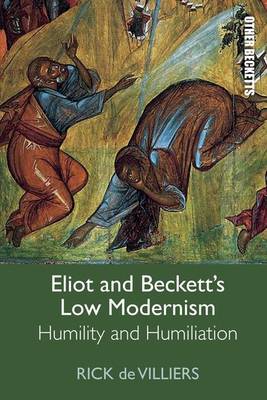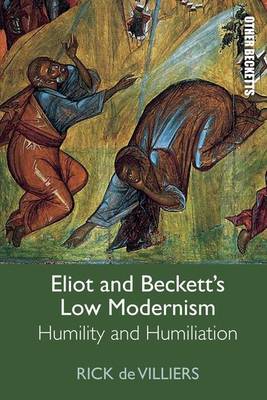
- Afhalen na 1 uur in een winkel met voorraad
- Gratis thuislevering in België vanaf € 30
- Ruim aanbod met 7 miljoen producten
- Afhalen na 1 uur in een winkel met voorraad
- Gratis thuislevering in België vanaf € 30
- Ruim aanbod met 7 miljoen producten
Zoeken
€ 201,45
+ 402 punten
Uitvoering
Omschrijving
Humility and humiliation have an awkward, often unacknowledged intimacy. Humility may be a queenly, cardinal or monkish virtue, while humiliation points to an affective state at the extreme end of shame. Yet a shared etymology links the words to lowliness and, further down, to the earth. As this study suggests, like the terms in question, T. S. Eliot and Samuel Beckett share an imperfect likeness. Between them is a common interest in states of abjection, shame and suffering - and possible responses to such states. Tracing the relation between negative affect, ethics, and aesthetics, Eliot and Beckett's Low Modernism demonstrates how these two major modernists recuperate the affinity between humility and humiliation - concepts whose definitions have largely been determined by philosophy and theology.
Specificaties
Betrokkenen
- Auteur(s):
- Uitgeverij:
Inhoud
- Aantal bladzijden:
- 264
- Taal:
- Engels
- Reeks:
Eigenschappen
- Productcode (EAN):
- 9781474479035
- Verschijningsdatum:
- 5/10/2021
- Uitvoering:
- Hardcover
- Formaat:
- Genaaid
- Afmetingen:
- 156 mm x 234 mm
- Gewicht:
- 539 g

Alleen bij Standaard Boekhandel
+ 402 punten op je klantenkaart van Standaard Boekhandel
Beoordelingen
We publiceren alleen reviews die voldoen aan de voorwaarden voor reviews. Bekijk onze voorwaarden voor reviews.








